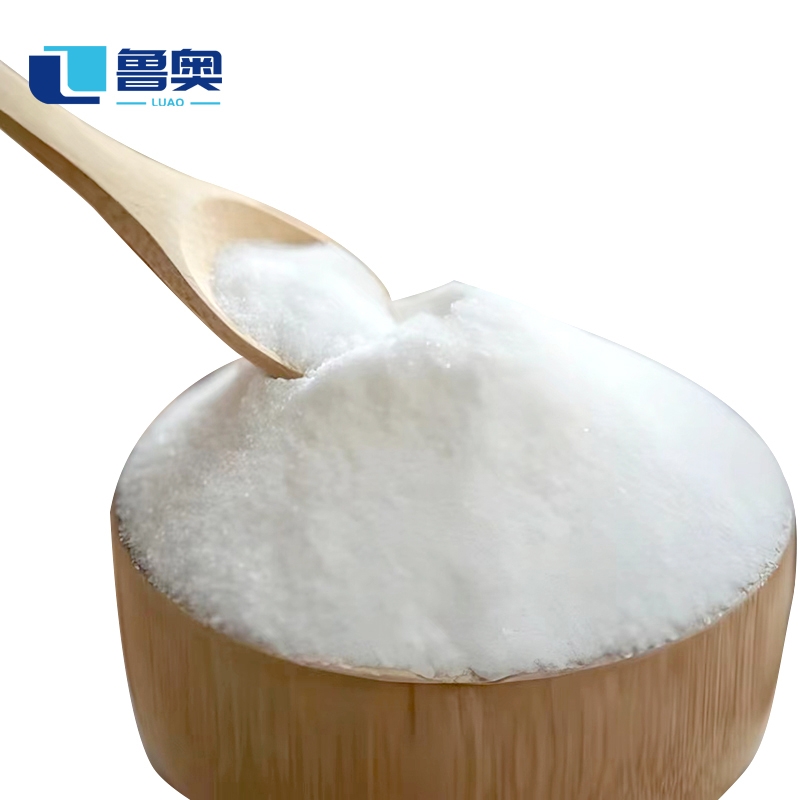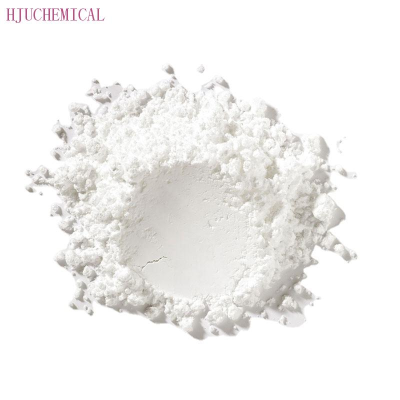Biochemical Engineering
- • Amino Acids and Proteins (221)
- • Nucleic Acid Drugs (18)
- • Enzymes and Coenzymes Drugs (115)
- • Inhibitors (1083)
- • Biological Response Modifiers (15)
- • Fat Medicines (7)
- • Amino Acids and Derivatives (4144)
- • Saccharides (2371)
- • Biochemical Reagents (322)
- • Nucleoside Drugs (346)
- • Condensing Agent (40)
- • Polypeptide (619)
- • Biosynthetic Natural Products (105)
- • Plant Extracts (813)
- • Chinese Herbs (352)
- • Microbiology Reagents (11)
- • Protein Research (34)
- • Lipids (281)
- • Inflammation Mediators (128)
Related News
-
In 2023, the international food price index fell nearly 14% YoY , and only the price index of sugar and rice rose
2024-01-10 -
Shanghai Takes the Lead in Curbing Sugary Beverage Consumption with Innovative Health Warning Labels
2023-10-19 -
Russia's Penza prefecture exported more than 1,500 tons of beet slag to China
2023-03-28 -
Bulgaria plans to introduce regulations on sugar consumption requirements
2022-12-23 -
High sugar prices in Bangladesh show no signs of abating
2022-12-14 -
How Does Sugar React With Vinegar? Vinegar And Sugar, Unlikely Couple
2022-12-09
Saccharides
Get Saccharides Raw Materials by Region-
Industrial Grade / 99.0%
-
-
pharmaceutical grade / 99.9%
-
Pharmacy Grade / 99%
Request for quotation , get quotes from more suppliers.
-
-
![Phenyl 3-O-Allyl-2,4,6-tri-O-benzyl-1-thio-beta-D-galactopyranoside buy Phenyl 3-O-Allyl-2,4,6-tri-O-benzyl-1-thio-beta-D-galactopyranoside]()
Industrial Grade / 99%
-
![Phenyl 3-O-Allyl-2,4,6-tri-O-benzyl-1-thio-beta-D-galactopyranoside buy Phenyl 3-O-Allyl-2,4,6-tri-O-benzyl-1-thio-beta-D-galactopyranoside]()
-
![Phenyl 3-O-Allyl-2,4,6-tri-O-benzyl-1-thio-beta-D-galactopyranoside buy Phenyl 3-O-Allyl-2,4,6-tri-O-benzyl-1-thio-beta-D-galactopyranoside]()
Industrial Grade / 99%
Request for quotation , get quotes from more suppliers.
-
![Enocitabine buy Enocitabine]()
-
![Enocitabine buy Enocitabine]()
Industrial Grade / 99%
-
![Enocitabine buy Enocitabine]()
Different Grade / 99.9%
$0.1/KG EXW
-
![Enocitabine buy Enocitabine]()
Request for quotation , get quotes from more suppliers.
-
![6-Benzylaminopurine Riboside buy 6-Benzylaminopurine Riboside]()
Industrial Grade / 99%
-
![6-Benzylaminopurine riboside buy 6-Benzylaminopurine riboside]()
-
![N6-BENZYLADENOSINE buy N6-BENZYLADENOSINE]()
-
![6-Benzylaminopurine riboside buy 6-Benzylaminopurine riboside]()
Industrial Grade / 99%
Request for quotation , get quotes from more suppliers.
p-Nitrophenyl β-D-xylopyranoside
(2001-96-9)-
- / 99.00%
-
-
![4-NITROPHENYL-BETA-D-XYLOPYRANOSIDE CAS NO 2001-96-9 buy 4-NITROPHENYL-BETA-D-XYLOPYRANOSIDE CAS NO 2001-96-9]()
Industrial Grade, Feed Grade, Food Grade, Pharma Grade / 99%
$11.11/KG EXW
-
![4-Nitrophenyl-beta-D-xylopyranoside buy 4-Nitrophenyl-beta-D-xylopyranoside]()
Request for quotation , get quotes from more suppliers.
D-Altrose
(1990-29-0)-
Pharmacy Grade / 99%
-
![D-ALTROSE buy D-ALTROSE]()
Industrial Grade / 99.0%
-
![D-Altrose buy D-Altrose]()
-
![D-ALTROSE buy D-ALTROSE]()
Request for quotation , get quotes from more suppliers.
Amylopectin
(9037-22-3)-
- / 99.00%
-
Food Grade / 100%
-
Industrial Grade / 99%
-
Industrial Grade / 98%
Request for quotation , get quotes from more suppliers.
Methyl β-D-glucopyranoside
(709-50-2)-
- / 99.00%
-
-
Pharmacy Grade / 99%
-
Industrial Grade / 99%
Request for quotation , get quotes from more suppliers.
Cimifugin
(37921-38-3)-
- / 99.00%
-
Industrial Grade / 99%
-
![Cimifugin buy Cimifugin]()
IndustrialGrade / 99.00%
-
![Cimifugin buy Cimifugin]()
Industrial Grade / 99%
Request for quotation , get quotes from more suppliers.
-
Industrial Grade / 99%
-
- / 99.00%
-
industrial Grade / 98%
-
![3,5-Di-o-(p-toluyl)-2-deoxy-d-ribofuranosyl chloride buy 3,5-Di-o-(p-toluyl)-2-deoxy-d-ribofuranosyl chloride]()
Request for quotation , get quotes from more suppliers.






































